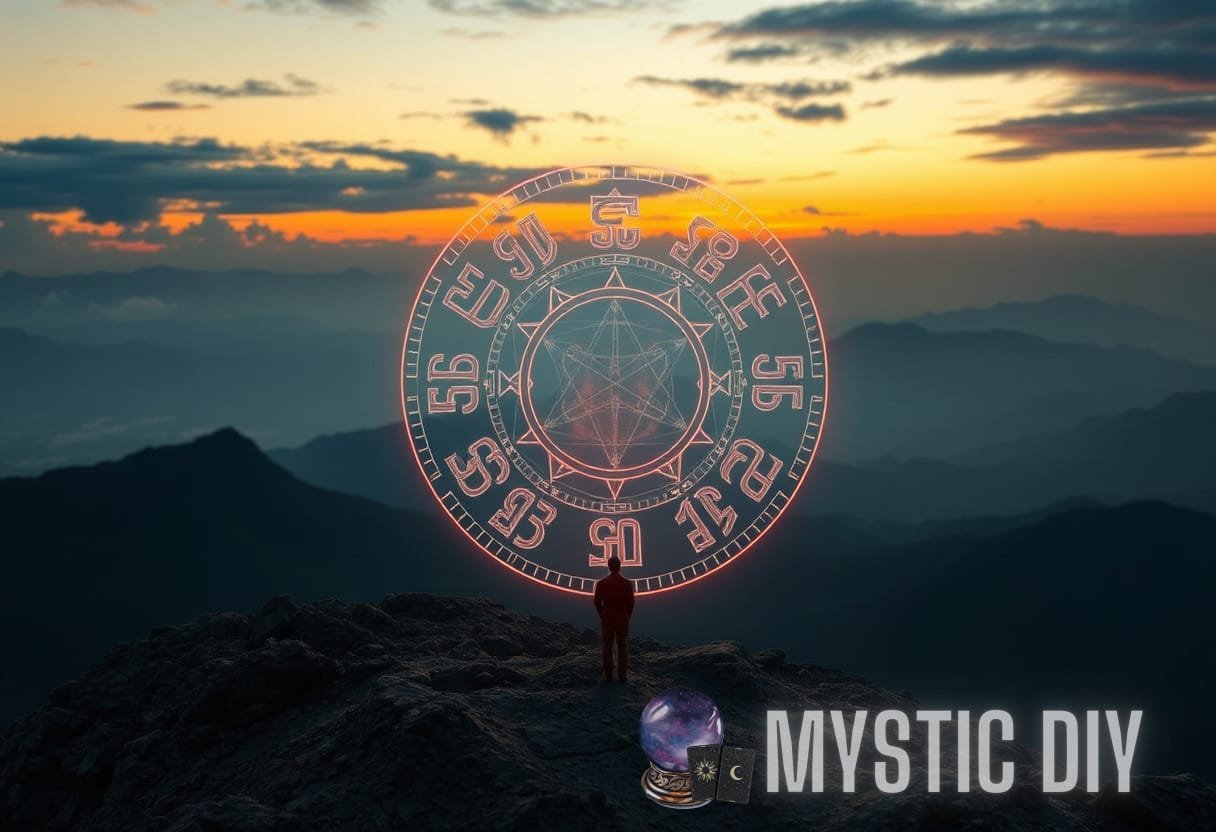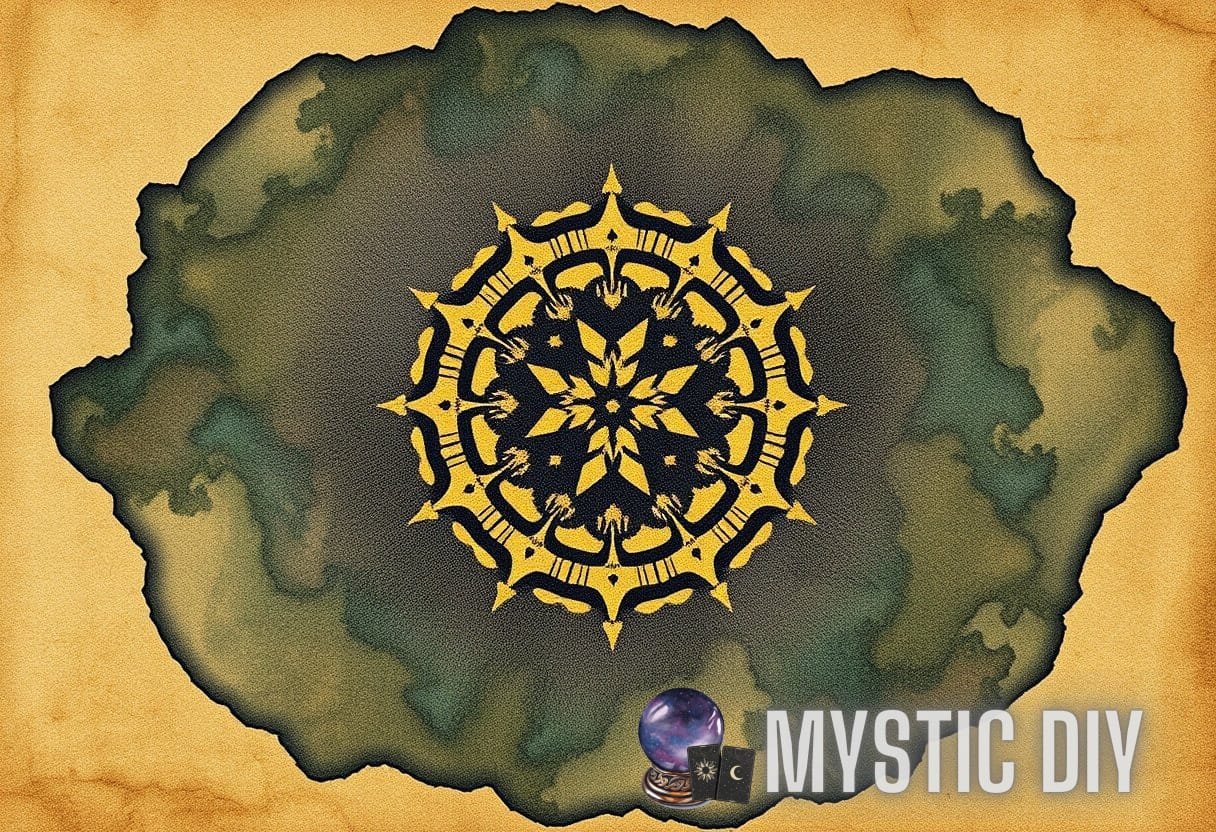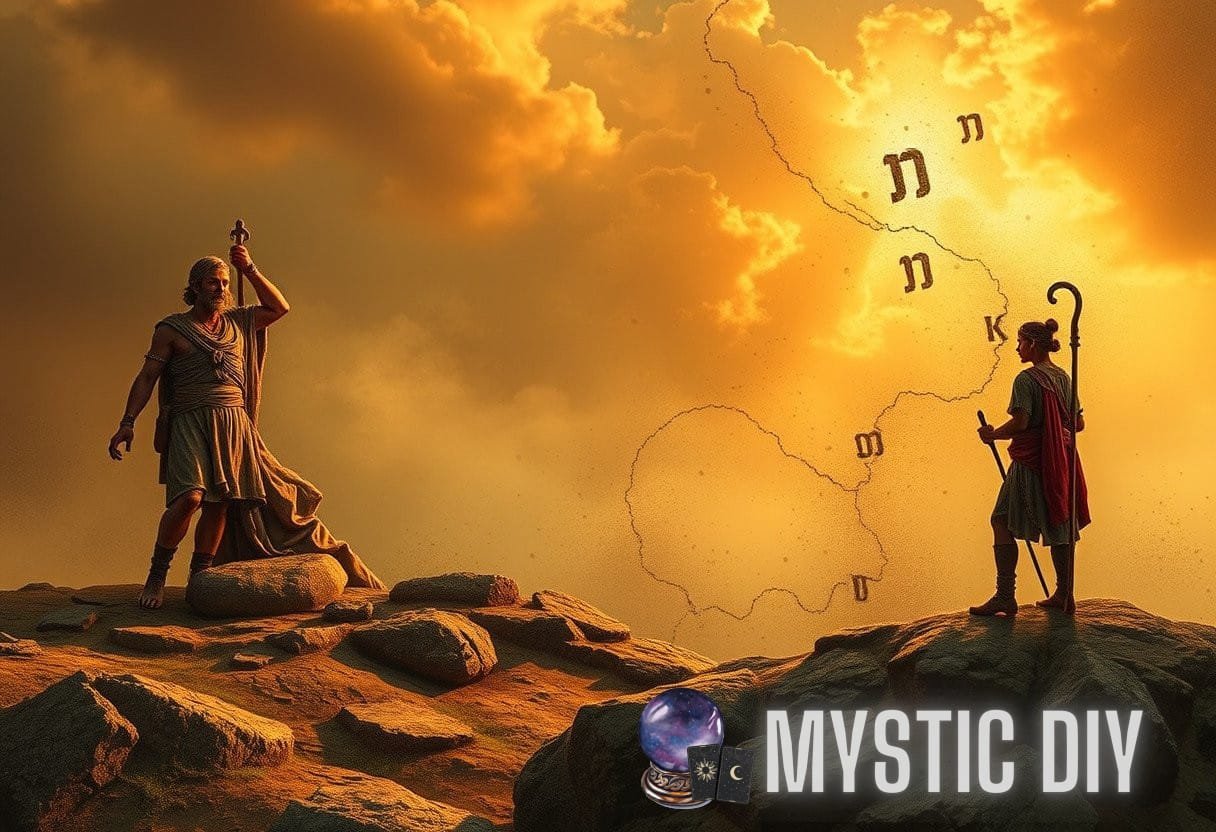Introduction to Runes and Consciousness
The ancient practice of using runes has fascinated countless individuals for centuries. These symbols, primarily from Germanic languages, are not just mere letters; they comprise a rich tapestry of symbolism and spiritual significance. In recent years, the intersection of runes and consciousness has gained attention, particularly in the realm of neuroscience.
The Historical Context of Runes
Runes date back to the 2nd century and were utilized by various Germanic-speaking peoples of Northern Europe. The earliest runic inscriptions are primarily found in Scandinavia, with the Elder Futhark being the oldest complete runic alphabet. Their applications ranged from practical uses—like trade and commemorative stones—to more esoteric and mystical purposes, aiming to connect with the divine or the spiritual realm.
- The name “rune” itself stems from the Proto-Germanic term for “secret” or “mystery”.
- Over 400 runic inscriptions have been found, primarily in Scandinavia and parts of the British Isles.
- In addition to Elder Futhark, there are later variations like the Younger Futhark and the Anglo-Saxon Futhorc.
The Neurological Basis for Symbolic Resonance
The field of neuroscience investigates how symbols can affect our brains and thought processes. Runes, steeped in cultural history, may activate specific pathways within the brain that enhance self-reflection, emotional processing, and cognitive flexibility.
When examining runes and consciousness, it’s essential to understand how humans process symbols:
The Brain’s Language Centers
Research indicates that the left hemisphere of the brain is primarily responsible for language processing—including reading and writing—while the right hemisphere deals more with visual imagery, creativity, and intuition. Runes, by being both visual symbols and phonetic representations, engage both hemispheres.
Symbol Processing and Visual Imagery
Ritualistic and meditative uses of runes can enhance cognitive abilities. By focusing on these symbols, individuals may experience:
- Increased Creativity: Engaging with symbolic representations encourages lateral thinking and innovation.
- Enhanced Memory: Visual symbols can improve recall by creating strong neural connections.
- Emotional Regulation: The act of interpreting and meditating on runes can facilitate emotional processing and anxiety reduction.
Runes in Modern Psychological Practices
In contemporary society, many practitioners use runes within therapeutic contexts. Techniques such as rune casting can serve numerous psychological functions, including enhancing awareness, self-discovery, and conflict resolution.
The Role of Symbols in Therapy
Psychologists increasingly recognize symbols as valuable tools in therapy. Runes can create a non-threatening framework for reflections on personal issues, as they facilitate discussion and exploration without direct confrontation. This aligns with findings from Carl Jung, who emphasized the importance of symbols in unlocking the unconscious mind.
Case Studies of Runes in Practice
A study conducted by Dr. Lars Olofsson at the University of Gothenburg explored the effects of rune meditation on anxiety levels among participants. Key findings included:
- Participants reported a 30% reduction in anxiety after regular rune meditation practices over eight weeks.
- Brain scans indicated increased activity in the prefrontal cortex, linked to decision-making and self-regulation.
- Journals kept by participants showed significant emotional breakthroughs and enhanced clarity about personal challenges.
The Physiological Effects of Symbols on Consciousness
The neurological perspective on runes extends beyond psychological realms to physiological changes. Research links contemplative practices involving symbols—such as runes—to various health benefits:
Stress Reduction and Relaxation
Engagement with runes through meditation leads to reduced cortisol levels, promoting relaxation and physiological calm. This stress reduction is crucial, as chronic stress has detrimental effects on overall health.
Neuroplasticity and Runes
Regular interaction with symbolic systems can influence neuroplasticity—the ability of the brain to reorganize itself. A study by neuroscientist Dr. Michael Merzenich supports the notion that learning and engagement with symbols like runes can lead to structural changes in the brain:
- Dr. Merzenich found that consistent cognitive engagement with symbols enhances synaptic connections.
- These alterations improve cognitive functions and potentially foster newfound creativity and problem-solving abilities.
Runes and Their Cultural Relevance

In many cultures around the world, symbols hold immense significance. The cultural relevance of runes, combined with their neurological effects, creates a unique blend of science and spirituality.
Runes in Modern Spirituality
Many contemporary spiritual practices use runes for divination and spiritual guidance. The holistic perspective on runes and consciousness emphasizes introspection, understanding, and personal growth through these symbol systems.
Cross-Cultural Symbolism and Resonance
Across different cultures, many symbols—beyond just runes—exhibit similar effects on human consciousness. For instance:
- Mandala Art: Used in Eastern belief systems, mandalas encourage mindfulness and meditation, analogous to rune practices.
- The Tarot: Tarot cards function similarly, offering storytelling through symbols that engage emotional and cognitive pathways.
- Alchemy Symbols: Often cited in personal transformation, these symbols provide a map for self-discovery and duality.
Scientific Studies on Runes and Human Consciousness
Several academic studies substantiate the claims surrounding the neurological effects of symbols on consciousness. Notable examples include:
The Impact of Symbols on Cognitive Function
A research paper by Dr. Sandra L. Mitchell from Harvard University examined the relationship between symbols and cognitive function. Key findings include:
- Participants engaged with symbolic systems reported improved cognitive flexibility.
- The study noted measurable brain activity changes consistent with improved emotional regulation.
- Survey data indicated that participants using symbolic systems felt more empowered in their decision-making processes.
Exploring Neuroaesthetics and Runes
Neuroaesthetics, the study of the neural basis for creativity and art, contributes important insights into how runes influence consciousness. Research findings show that engaging with aesthetically pleasing symbols can trigger the brain’s reward system, leading to:
- Heightened pleasure responses linked to creativity.
- Increased levels of dopamine, enhancing motivation and focus.
- Leveraging visual arts, including runic symbols, as tools for cognitive enhancement.
Emotional and Psychological Impacts of Runes
Using runes goes beyond cognitive uptake; it digs into the emotional terrain of an individual’s consciousness. Practitioners often report profound insights and transformative experiences:
Runes as Catalysts for Self-Exploration
Many individuals find that working with runes facilitates deeper self-exploration. This transformative process can yield significant emotional and psychological healing:
- Developing Intuition: Runes create an opening for intuitive thoughts and feelings.
- Journaling and Reflection: Keeping a rune journal can enhance self-reflection and emotional clarity.
- Empowerment: Individuals often feel a sense of empowerment when interpreting runes and discovering personal meanings.
Community and Shared Experiences
Participating in rune-related groups or workshops helps cultivate a sense of community for practitioners. Sharing experiences enhances emotional connections and promotes a collective understanding of consciousness:
- Support Networks: Engaging with others in shared practices fosters empathy and connection.
- Collective Wisdom: Learning from diverse interpretations of runes can deepen understanding.
- Facilitated Discussions: Group settings encourage sharing insights, improving personal journeys together.
Conclusion: The Interrelationship Between Runes and Consciousness
Exploring the realm of runes and consciousness reveals a complex interplay between ancient symbols and modern neuroscience. The rich history of runes combined with their profound psychological impacts illustrates their relevance today as tools for personal and collective growth. Understanding how runes resonate neurologically and emotionally offers compelling insights into the potential they hold for enhancing human consciousness.



